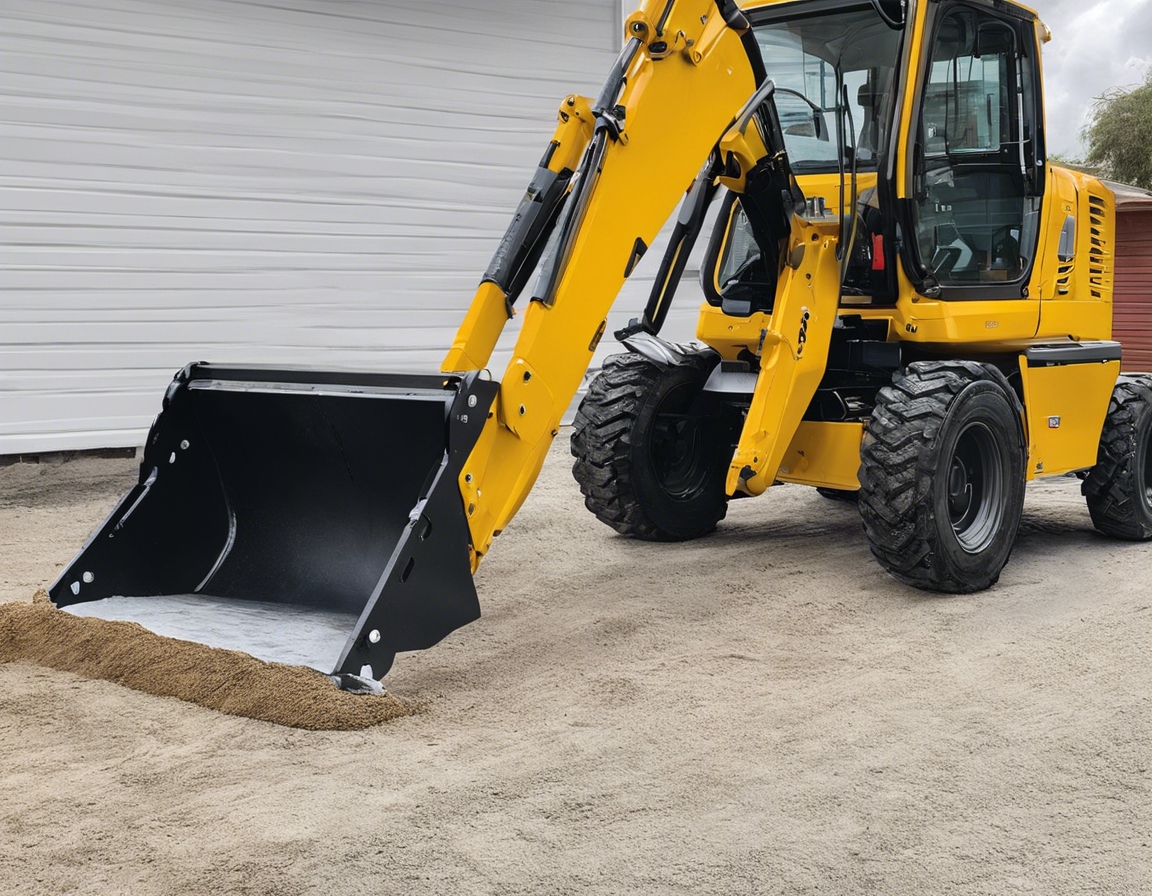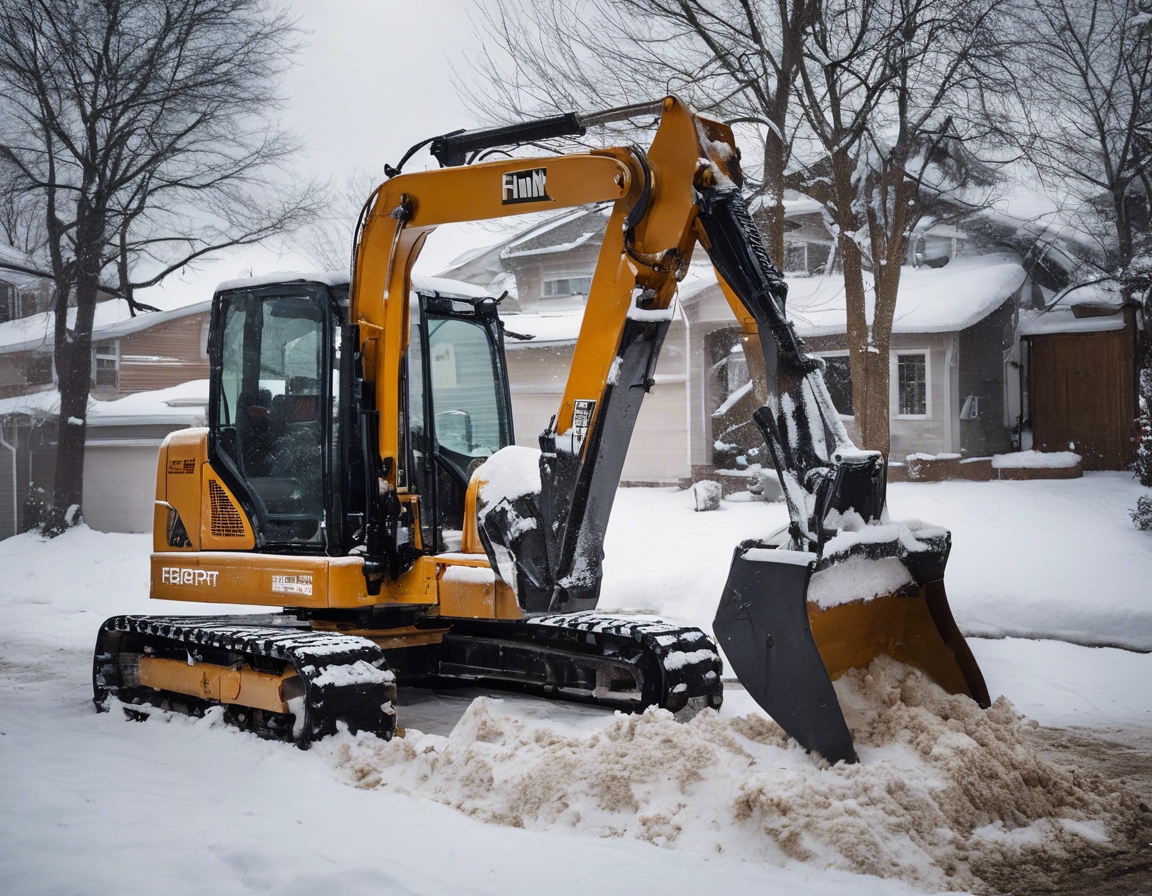The ultimate guide to efficient snow removal
Snow removal is a critical task for maintaining accessibility and safety during the winter months. It involves clearing snow from public and private spaces to prevent accidents, ensure smooth transportation, and avoid potential legal liabilities.
Effective snow removal can be hindered by heavy snowfall, ice formation, limited visibility, and fluctuating temperatures. These challenges require a strategic approach to ensure timely and efficient snow clearance.
Preparation for Snow Removal
Before the snow season begins, it's essential to evaluate the scope of your snow removal requirements. This includes the size of the area, typical snowfall patterns, and the resources at your disposal.
Selecting the appropriate machinery is crucial for efficient snow removal. Options range from shovels and snow blowers to plows and heavy-duty equipment for larger areas.
Being aware of local ordinances and regulations regarding snow removal is important to ensure compliance and avoid fines.
Techniques for Efficient Snow Removal
Manual techniques, such as shoveling and using hand tools, are suitable for small areas and light snowfall. They require physical effort but offer precision and control.
Mechanical methods involve the use of powered equipment like snow blowers, plows, and loaders. These are more efficient for larger areas and heavier snow.
Chemical deicers can help prevent ice buildup and facilitate easier snow removal. However, they must be used responsibly to minimize environmental impact.
Maintenance and Safety
Regular maintenance of snow removal equipment is essential to ensure reliability and longevity. This includes checking engines, hydraulics, and wear parts.
Safety should always be a priority when removing snow. This section would cover best practices to avoid injuries and accidents while operating equipment or performing manual removal.
Cost-Effective Snow Removal Strategies
Deciding between DIY snow removal and hiring professionals depends on the scale of the task and available resources. This section would explore the pros and cons of each approach.
Developing a long-term snow management plan can save time and money. This involves scheduling regular maintenance, monitoring weather forecasts, and having a clear action plan for snow events.






Comments (0)